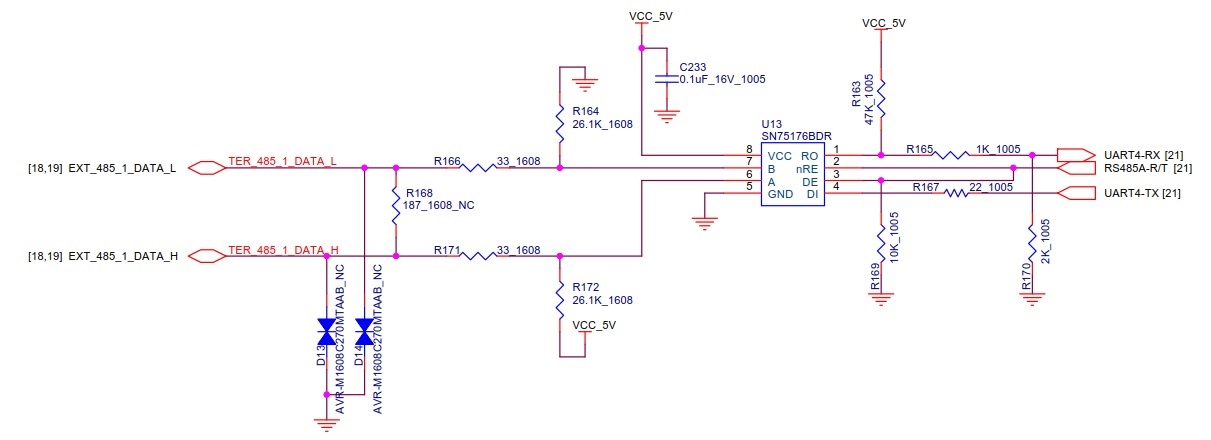Other Parts Discussed in Thread: SN65HVD72, STRIKE
I implemented RS485 communication using SN75176BDR.
What I'm curious about is the effect on the SN75176BDR if the RS485- and RS485+ on the Slave side are incorrectly wired.
In fact, if I implemented it, the SN75176BDR is burned out.
Please let me know if there is any chance of burnout if I simply miswired the Slave.
I look forward to your friendly TI response. Thank you.



